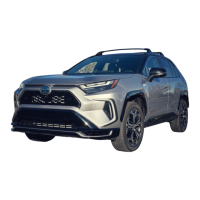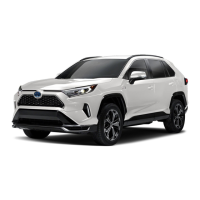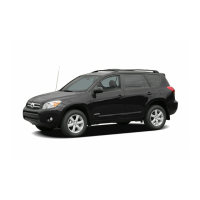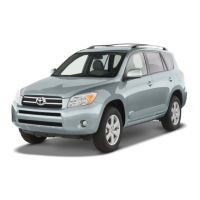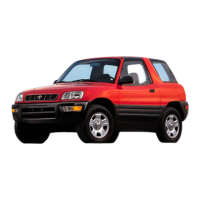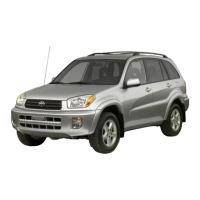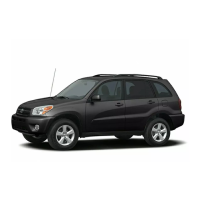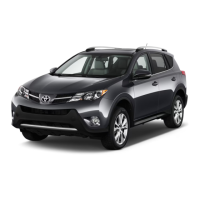393
5
5-5. Using the driving support systems
Driving
● The shift lever is in R.
● The vehicle speed is less than
approximately 15 km/h (9 mph).
● The approaching vehicle speed is
between approximately 8 km/h (5
mph) and 56 km/h (34 mph).
■ Setting the buzzer volume
The buzzer volume can be adjusted on
the multi-information display. (P.206,
217)
■ Conditions under which the system
will not detect a vehicle
The RCTA function is not designed to
detect the following types of vehicles
and/or objects.
● Vehicles approaching from directly
behind
● Vehicles backing up in a parking
space next to your vehicle
● Vehicles that the sensors cannot
detect due to obstructions
● Guardrails, walls, signs, parked vehi-
cles and similar stationary objects
*
● Small motorcycles, bicycles, pedestri-
ans, etc.
*
● Vehicles moving away from your vehi-
cle
● Vehicles approaching from the park-
ing spaces next to your vehicle
*
● The distance between the sensor and
approaching vehicle gets too close
*
: Depending on conditions, detection of
a vehicle and/or object may occur.
■ Situations in which the system may
not operate properly
The RCTA function may not detect vehi-
cles correctly in the following situations:
● When the sensor is misaligned due to
a strong impact to the sensor or its
surrounding area.
● When mud, snow, ice, a sticker, etc.,
is covering the sensor or surrounding
area on the rear bumper.
● When driving on a road surface that is
wet with standing water during bad
weather, such as heavy rain, snow, or
fog.
● When multiple vehicles are approach-
ing with only a small gap between
each vehicle.
● When a vehicle is approaching at high
speed.
● When equipment that may obstruct a
sensor is installed, such as a towing
eyelet, bumper protector (an addi-
tional trim strip, etc.), bicycle carrier,
or snow plow.
● When backing up on a slope with a
sharp change in grade.
● When backing out of a sharp angle
parking spot.

